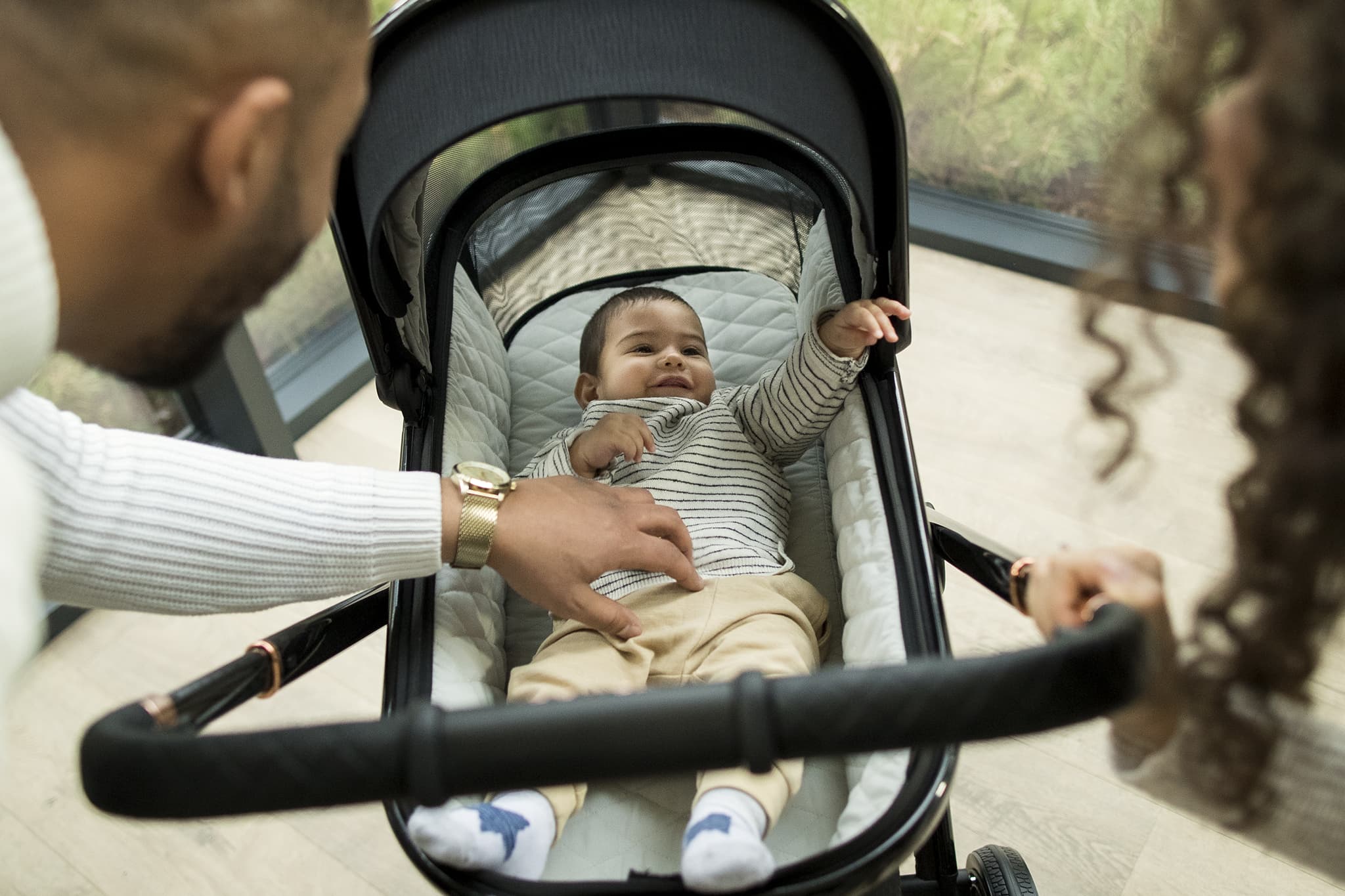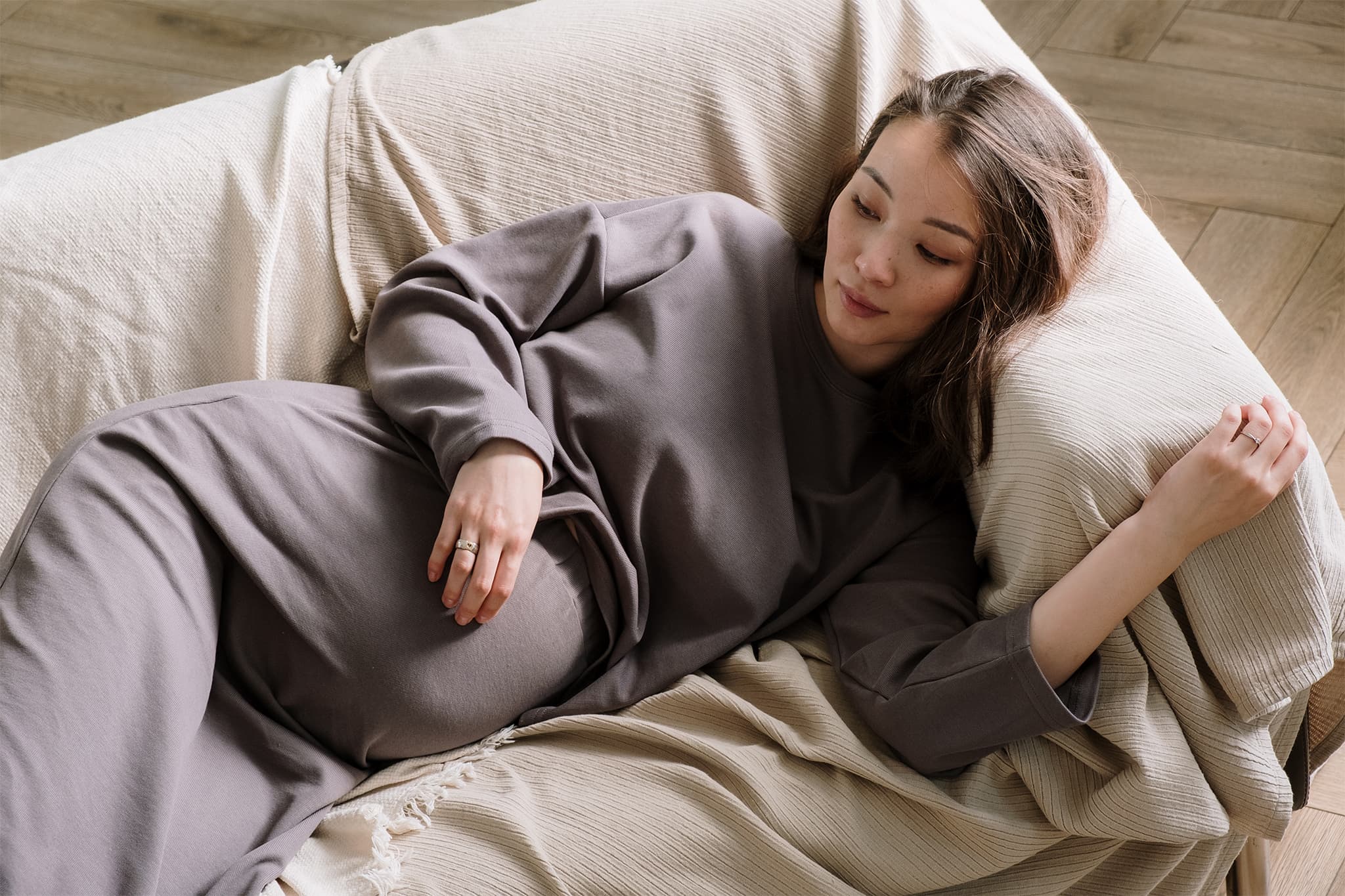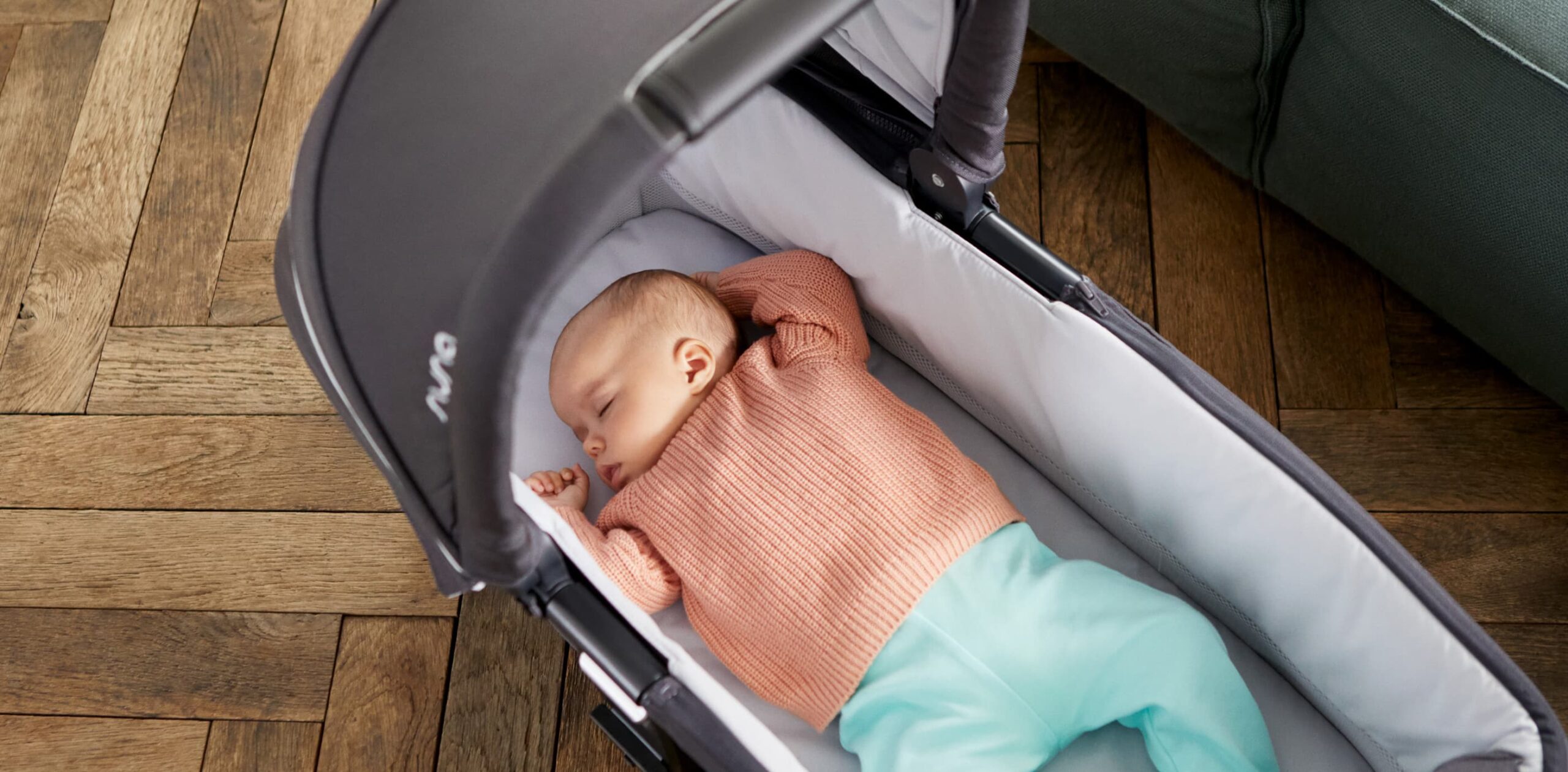What’s a carrycot and do I really need one?
For first time parents, it’s something that always seems to get brought up. Some people say it’s a necessity, others say the baby outgrows it really fast and it was barely used.
So what exactly is it?
What is a carrycot?
Well, the best way to think about baby products is simple word association. So we have carry and cot. Well, the carry part is easy, it just means transportation and getting things from a to b. And the cot is another term for a bed in which babies will sleep (I’ll explain more in another post).
By combining the two, we end up with a transportable unit where the baby can sleep comfortably. This is a great start, as you now know what a carrycot does.
But, what do they look like?

- It is completely flat
- They have a mattress for the baby to sleep on
In the photo above, we can see it is flat and there is a mattress. This is definitely a carrycot.
And it’s as easy as that, really.
The carrycot connects to the frame of your pram, or as you might know, a chassis, and lets you take baby out on walks in a place they can sleep in.
Now, when parents and friends mention the carrycot while talking about prams and pushchairs, you won’t have to sheepishly nod along; you’ll know exactly which piece of equipment they’re referring to.
Of course… knowing what a carrycot does is only half the battle. If you need one or not, that’s what we’re here to talk about today. So let’s start with why you might want to use one in the first place.
What’s so good about a carrycot?

The important thing to remember here is that the baby is delicate. And when I mean delicate, I mean don’t-let-your-camera-flash-when-you-take-a-photo-it-might-hurt-their-eyes delicate.
They also have heads that are disproportionate to the rest of their bodies. It’s just how they are.
In fact, it’s why medieval paintings of babies look weird, they have adult dimensions instead of baby ones!
But getting back on topic…
So baby being born with a big head creates some problems for their little bodies.
To start with, the large head puts a lot of pressure on the neck and spine. These forces make it uncomfortable for babies to be in anything that isn’t in a lying position, which can also damage their bones.
Babies bones are very soft and bendy. They’re still growing.

When you put all these pieces together, it’s easy to see that the best position for a newborn baby is a lie flat one. So why not give them a lie flat position in the pram?
The carrycot’s purpose is to reflect these needs and give the baby a comfortable mattress to sleep on during walks out. The best ones on the market go one step further and look at ways to make the inside hypoallergenic. This is a fancy word, meaning more breathable.
Going from everything a carrycot does, it sounds like a no-brainer. It’s the best sleeping position for your baby, mimicking the actual cot they sleep in. Well, it’s good, you asked.
So why wouldn’t I need a carrycot?
The first thing to understand is that the baby is inside the carrycot until they are 9 kg. This coincides with when your baby is about 6 months old. When you consider the baby is in a pram to 22 kg, about 4 years of age, then these 6 months in the carrycot are only about 12% of the total time in the pram.
Time really flies past when you think about it like that!
And that’s if your baby is bang on average. If both parents are tall, chances are your baby will be as well, and could outgrow the carrycot even earlier.
This compounds with the fact that carrycots are only checked on the weight of the baby, not their size. So you can find some prams with very small carrycots, and this can be uncomfortable for your baby.

In fact, for some models, I’ve heard of parents taking their baby out of the carrycot from as young as 2-3 months. Which is crazy!
Carrycots aren’t cheap either, with your average one costing about £100-200. This can usually be about 15%+ of the value of the pram, and for your baby to outgrow it so quickly could be seen as fancy spending. Maybe you could invest that money into a safer car seat instead? Or even a nicer furniture set.
Some parents feel that with baby number 2, they barely used the carrycot, and when looking to get a new stroller, see it as a luxury instead of a necessity.
Some even use the seat unit and give baby some additional blankets to make up for the lack of a mattress. Considering this a more practical solution.
So what should I do?
It depends on your lifestyle really.
If you plan on staying at home more for those first few months, you might not use the carrycot that much and get real value out of it.
If you want to take your baby out and enjoy those first walks with them, show them off to the world, and build that parental bond, the carrycot is a necessity. Also, the pram just looks the part when it has the carrycot attached.
Well, I would always recommend first time parents use a carrycot. You only get your first baby once, and those first walks in the park and in town with the baby are truly magical.

